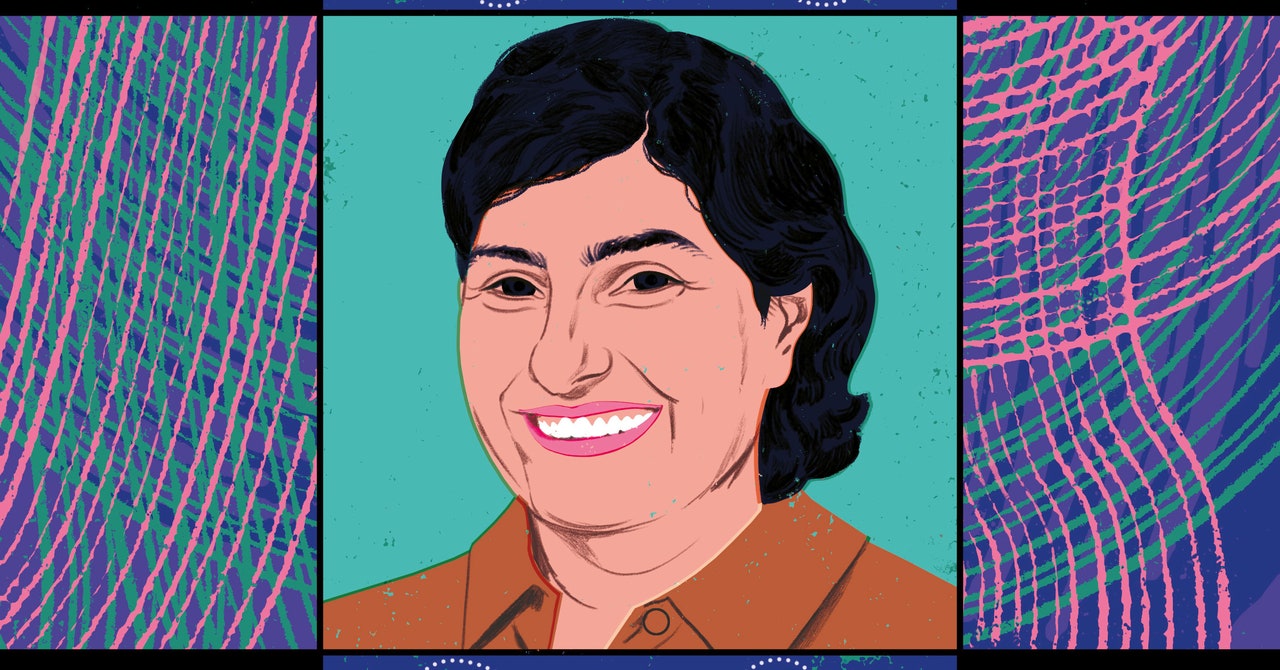
“Where did all this come from? How did it all get started?”
These are the questions that Dr. Nergis Mavalvala asks about the universe. It’s not the meaning-of-life stuff in the traditional sense, but more of how everything around us came to be. These are the questions we all have, but for Dr. Mavalvala, finding the answers is her life’s work. It’s why she became a physicist.
“I began to understand that these questions are mostly answered outside of our planet, outside of our solar system,” she explains. “It really lies in the universe. And that’s how I got interested in astrophysics.”
As dean of MIT’s School of Science, Dr. Mavalvala has her hands full with her day-to-day responsibilities, but she still has time for her first love: physics.
Black Holes Are More Important Than You Think
“When we look out into the universe, almost all the information we have gathered about the universe over millennia as humans and sentient beings is through light,” Dr. Mavalvala says. But black holes don’t give us light, she points out. That makes them hard to understand. “A black hole is a good example of something that has so much gravity that even light can’t escape its gravitational pull. And how do you study those kinds of objects?”
The answer: gravitational waves.
“About 100 years ago, Einstein gave us a clue to that, which was that there were these objects called gravitational waves, which are essentially waves that are given off by objects because of their gravity,” she explains. “Because they’re really massive and they’re moving, they will cause waves in the spacetime itself.”
It was these ripples in spacetime that drew Dr. Mavalvala in, both the science behind them and the technology that we’d have to build to detect them.
“If we want to answer the question of how our universe came to be and why we see the universe we do today, we have to understand things like black holes,” she says. “They’re important building blocks of the universe. If you want a complete picture of the world around us, then you need to use every messenger that nature provides. Gravitational waves are one such messenger, as is light.”
Detecting Gravitational Waves with LIGO
For much of Dr. Mavalvala’s career, these gravitational waves—ripples in spacetime that result from collisions between massive objects such as black holes—were theoretical.
“I got started with LIGO when I was a graduate student at MIT in the early 1990s,” Dr. Mavalvala says, referring to the Laser Interferometer Gravitational-Wave Observatory in the US. “The team of people who were working on it were seen as sort of a ragtag team of dreamers.” Her PhD adviser, Nobel laureate Dr. Rainer Weiss, was one of the founders of the project, but many of her graduate school colleagues warned her not to pursue this path. At the time, there was still some debate about whether gravitational waves even existed. “It was sort of a maverick science,” she explains. “And I have to say, in some ways, that was part of the draw, to be part of something so improbable.”

